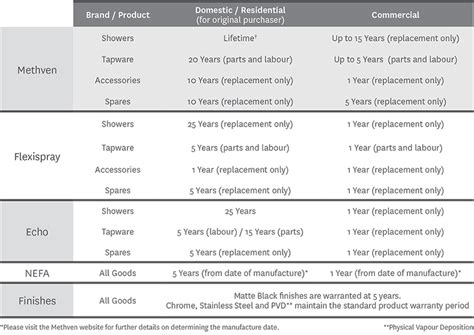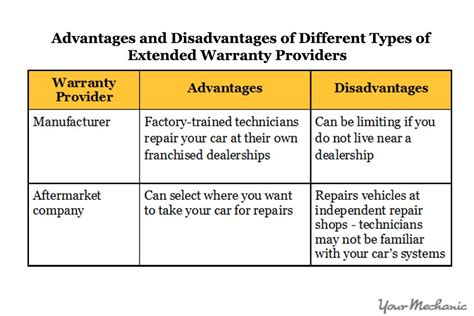Understanding Product Warranties: Coverage, Types, and Benefits
What Do Product Warranties Cover?
Product warranties provide consumers with assurance that purchased items will meet certain standards of quality, durability, and functionality. While each warranty may vary in its specifics, they generally aim to protect consumers against defects in materials and workmanship. Understanding what product warranties cover can help consumers make informed purchasing decisions and seek assistance if issues arise. Here, we’ll cover key aspects of what warranties typically include and how they benefit consumers.
1. Types of Product Warranties
Product warranties can vary widely, with some covering specific aspects of the product and others offering more comprehensive protection. The main types of warranties include:
- Limited Warranty: Covers specific parts or issues for a limited time. For example, a limited warranty on electronics may cover the screen and internal components but not damage due to mishandling.
- Full Warranty: Offers complete coverage, including free repairs or replacements. Full warranties are less common and usually come with higher-end products.
- Extended Warranty: A service contract that consumers purchase separately to extend the coverage period beyond the standard warranty.
- Lifetime Warranty: Covers the product for as long as the original owner uses it, often covering defects in materials and craftsmanship but excluding normal wear and tear.

2. Coverage for Manufacturing Defects
Manufacturing defects are one of the primary concerns covered by warranties. If the product fails due to flaws in production, the manufacturer typically offers a replacement or repair within the warranty period. Examples of manufacturing defects include issues with electrical components, stitching in fabrics, or mechanical malfunctions.
3. Protection Against Material Defects
Material defects refer to flaws in the materials used to make the product. For example, if a phone’s screen shatters unexpectedly due to weak glass or a shoe sole separates due to poor-quality rubber, these issues may fall under warranty coverage. This protection gives consumers peace of mind regarding the quality and durability of materials used in their products.
4. Warranty Period and Coverage Limitations
The duration of the warranty period varies between manufacturers, with some offering a few months to others providing years of coverage. Some high-quality items, like certain appliances or cars, may even come with warranties lasting up to a decade. However, it’s crucial to note that most warranties only cover issues that arise within the specific time frame, encouraging consumers to act promptly if problems emerge.

5. Parts and Labor Coverage
Most warranties cover the cost of parts and labor for repairs or replacements. However, some warranties might only include specific parts, requiring consumers to pay out-of-pocket for others. For example, a car warranty might cover engine components but not the exhaust system, and consumers should review these details before purchasing a product.
6. Exclusions in Warranties
Product warranties often come with certain exclusions. Common exclusions include damages caused by misuse, accidental damage, normal wear and tear, and unauthorized repairs. This means that if a product issue arises from consumer negligence, it may not be eligible for repair or replacement under the warranty.
7. Transferability of Warranties
Some warranties are transferable, allowing the warranty coverage to move to a new owner if the product is resold. This feature is common in high-ticket items like vehicles and appliances, making the product more appealing on the resale market. However, many warranties are not transferable and only apply to the original purchaser.
8. Claim Process for Warranty Repairs
Claiming a warranty repair or replacement usually requires proof of purchase and, in some cases, product registration. The manufacturer may require an assessment of the defect and provide details on how to ship the item back. Consumers should follow all steps carefully, as incorrect procedures might void their claim.
9. Warranty Extensions and Options
Extended warranties, often sold separately, provide longer coverage. Many retailers offer these plans at checkout, allowing consumers to extend protection beyond the manufacturer’s original warranty. Extended warranties can be valuable for electronics, appliances, and other items prone to malfunctions over time.

10. Legal Rights Under Warranty
Product warranties are legally binding agreements between the manufacturer and the consumer. Federal law in many countries mandates a minimum level of warranty for certain items, and these rights ensure that consumers are protected against deceptive claims. Consumers should familiarize themselves with their legal rights to ensure they receive fair warranty service.
Frequently Asked Questions (FAQ)
| Aspect | Covered? |
|---|---|
| Manufacturing Defects | Yes |
| Material Defects | Yes |
| Labor for Repairs | Sometimes |
| Normal Wear and Tear | No |
| Accidental Damage | No |
FAQ
1. Are product warranties transferable?
Some warranties are transferable, especially on high-value items like cars and appliances. However, many are not and only apply to the original purchaser.
2. What is excluded from a product warranty?
Typical exclusions include accidental damage, misuse, unauthorized repairs, and normal wear and tear.
3. How long do product warranties last?
Warranty periods vary widely, ranging from a few months to several years depending on the product and manufacturer.
4. Is an extended warranty worth buying?
Extended warranties can be beneficial for items prone to malfunctions, such as electronics and appliances, offering coverage beyond the manufacturer’s warranty.
5. Do warranties cover accidental damage?
Most warranties exclude accidental damage, as this is generally considered the consumer’s responsibility.
6. Can I void my warranty?
Yes, a warranty can be voided by unauthorized repairs, alterations, or misuse of the product.
7. What should I do if my warranty claim is denied?
If a warranty claim is denied, check the terms of coverage, gather any documentation, and consider escalating the issue to customer support or a consumer protection agency.



